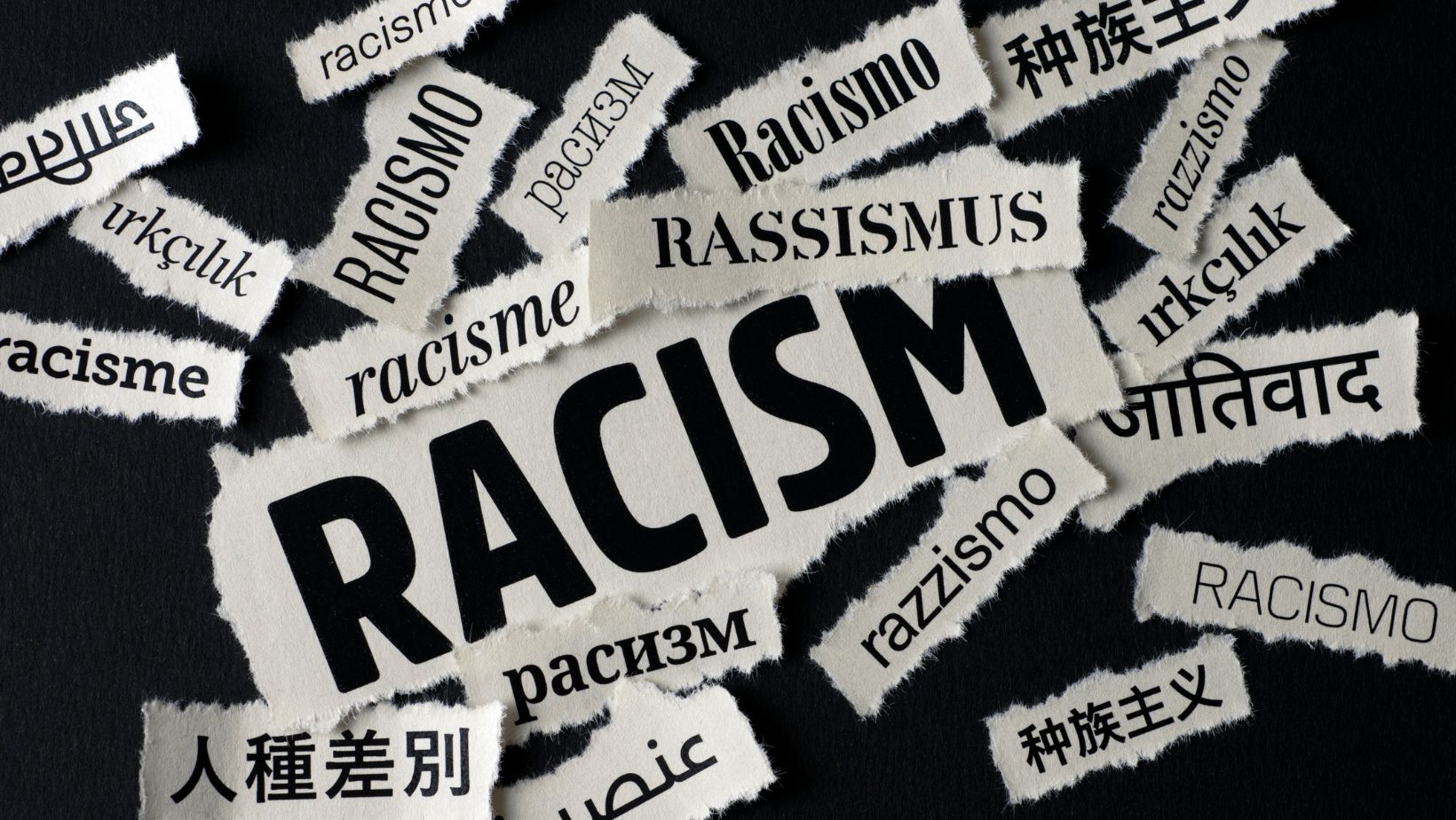When examining the roots of European racism, it becomes evident that its propagation was not limited to a single avenue. From the era of colonization to the rise of scientific racism, I have uncovered a web of interconnected factors that played a crucial role in its dissemination. By understanding the mechanisms through which racism was spread, we can gain valuable insights into the lasting effects it has had on our society.
In this article, I aim to provide a comprehensive overview of the primary channels through which European racism was disseminated. From the transatlantic slave trade to the exploration and colonization of new territories, I will delve into the historical events that acted as catalysts for the spread of racist ideologies. By examining these dark chapters of our past, we can better comprehend the complexities of racism and work towards a future free from its grip.
European Racism Was Spread Primarily Via
European racism was spread primarily via various means and historical events that have left a lasting impact on individuals and communities. Understanding the origins of racism is essential in order to address its lingering effects and strive for a more inclusive future. In this section, I will explore some of the key factors that contributed to the spread of racism in European history.
Colonization and Imperialism
Colonization played a significant role in the dissemination of European racism. The expansion of European empires led to the encounter with different cultures and peoples, which ultimately fueled discriminatory attitudes and behaviors. Europeans used the idea of racial superiority to justify their domination over colonized territories, perpetuating the belief in their inherent superiority over indigenous populations.
Scientific Racism
The development of scientific racism further legitimized and perpetuated European racism. In the 18th and 19th centuries, scientists and scholars used pseudoscientific theories to support the idea of racial hierarchies. These theories falsely claimed that certain races were intellectually, morally, and physically superior to others. Such unfounded claims provided a scientific veneer to racist ideologies, reinforcing discriminatory attitudes and policies.

The Transatlantic Slave Trade
The transatlantic slave trade played a crucial role in spreading European racism across the globe. From the 16th to the 19th centuries, millions of Africans were forcibly transported to the Americas as enslaved individuals. The dehumanization of Africans during this time served to reinforce the racial hierarchies promoted by European societies, perpetuating the belief in the inherent inferiority of black people.
Exploration and Colonization of New Territories
The exploration and colonization of new territories also contributed to the spread of European racism. As Europeans ventured into unfamiliar lands, encounters with indigenous peoples led to the devaluation of their cultures and the imposition of European values and norms. The subjugation and marginalization of these native populations were justified under the guise of racial superiority, further perpetuating racism.
Understanding the historical origins of European racism helps us grasp the complexities of this pervasive ideology. By acknowledging the ways in which racism was spread, we can work towards dismantling its influence and creating a more equitable future for all.
Racism in Colonial Institutions and Policies
When exploring how European racism was spread primarily via colonial institutions and policies, it becomes apparent that these structures played a crucial role in perpetuating discriminatory ideologies and practices. European colonizers used their power and authority to implement policies that upheld racial hierarchies and oppression. Here are some key aspects to consider:
1. Legalized Discrimination: Colonial institutions enacted laws that explicitly discriminated against racial and ethnic groups. These laws, known as racial segregation or Jim Crow laws, restricted the rights and privileges of marginalized communities. Such policies were designed to maintain a system of white supremacy and ensure the exploitation of non-white populations.
2. Education and Indoctrination: European colonizers utilized educational institutions as tools of indoctrination. Racist ideologies were systematically taught and propagated, leading to the internalization of discriminatory beliefs among not only the colonizers themselves but also the colonized communities. This had far-reaching consequences, as these ideologies were passed down through generations.
3. Land Dispossession: European colonial powers forcibly took control of indigenous lands, displacing native populations and establishing systems of land ownership that favored European settlers. This land dispossession not only disrupted traditional ways of life but also contributed to the marginalization and impoverishment of indigenous communities.
4. Economic Exploitation: Colonial institutions and policies facilitated the economic exploitation of indigenous peoples. Through practices such as forced labor, indentured servitude, and unfair trade agreements, European colonizers extracted resources and wealth from colonized regions, further entrenching power imbalances along racial lines.
By understanding how European racism was spread primarily via colonial institutions and policies, we can comprehend the extent to which these structures continue to impact societies today. The legacy of colonization and its associated racism persist in various forms, from systemic discrimination to racial inequalities. Developing strategies to address these entrenched issues requires a comprehensive understanding of historical contexts and a commitment to dismantling structural racism.


